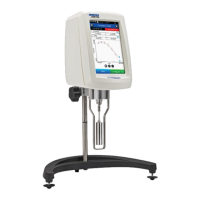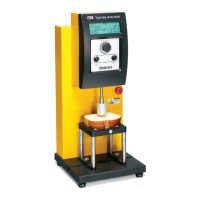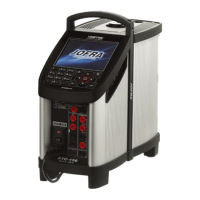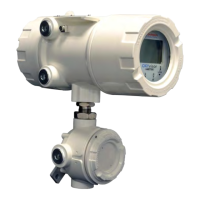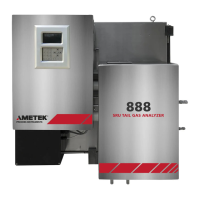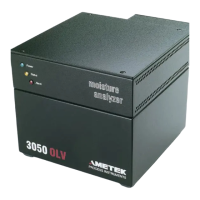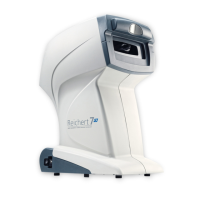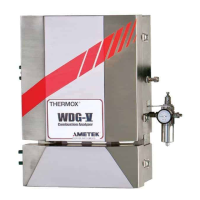M21-400 REV.1.1 DVPLUS DIGITAL VISCOMETER - OPERATIONAL MANUAL
• Immerse the spindle gently at an angle into the test sample to prohibit any air bubbles from being trapped
beneath the spindle.
• Lower the DVPlus using the lab stand.
• Attach the spindle to the coupling nut. Note: Left-hand thread. If equipped with magnetic coupling, use the
appropriate procedure to connect the spindle (see Section 2.5 of User Manual).
• Align the immersion mark on the spindle to the fluid surface by adjusting the lab stand.
• Press the Run button and take appropriate action for pop-up dialogs. The screen will change to the
Running Viscosity Test Screen.
• When ready to record the measurement results, press the Stop Test button. The screen will change to the
Viscosity Test Results. Record the results as needed.
• To return to the Main Menu, press the Home Icon.
3.2 Preparations for Making Measurements
A.
B.
VISCOMETER: The DVPlus should be turned on, leveled, and auto-zeroed. The level is adjusted
using the two feet on the bottom of the base and confirmed using the digital “bubble.” Adjust the
feet until the “bubble” is inside the center target and turns green. Set the level prior to performing
the AutoZero and check the level prior to each measurement.
TIP: Proper level is essential for the correct operation of the DVPLUS.
SAMPLE: The fluid sample to be measured must be in an appropriate container. The standard
spindles, supplied with the DVPlus (LV (1-4), RV (2-7), or HA/HB (2-7)), are designed to be used with
a 600 mL low form Grin beaker or equivalent container with a diameter of 8.25 cm. The same
applies to the optional RV1, HA/HB1 spindle. Many other spindle systems are supplied from AMETEK
Brookfield with specific sample chambers such as the Small Sample Adapter, UL Adapter, and
Thermosel.
AMETEK Brookfield recommends that you use the appropriate container for the selected spindle. You may choose
to use an alternate container for convenience. However, this may have an eect on the measured viscosity. The
DVPlus is calibrated considering the specified container. Alternate containers will provide results that are repeatable
but may not be “true.”
The LV (1-4) and RV (1-7) spindles are designed to be used with the guard leg attached. Measurements made without
the guard leg will provide repeatable results but may not provide “true” results.
TIP: When comparing data with others, be sure to specify the sample container and the presence/absence of the
guard leg.
Please see our publication “More Solutions to Sticky Problems” for more details relating to sample preparation.
C TEMPERATURE PROBE: Many samples must be controlled to a specific temperature for viscosity
measurement. When conditioning a sample for temperature, be sure to temperature control the
container and spindle, as well as the sample.
To monitor the temperature of your sample, plug the DVP-94Y Temperature Probe into the designated port on the
back panel of the DVPlus. Once the Temperature Probe is connected, the Temperature Icon will appear in the bar at
the top of the DVPlus display screen.
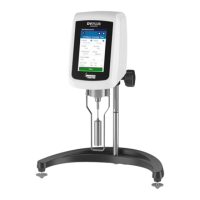
